19th Aug 2024
Level Up Your Hiking
Learn what it takes to embark on more challenging and adventurous hikes.
19th Aug 2024
Learn what it takes to embark on more challenging and adventurous hikes.
Looking to take your hiking trips to the next level? Check out this handy guide to get an idea of what it takes to tackle the trickier trails.
As humans, we’re naturally drawn towards challenge. Our eyes are always looking higher, further, and steeper – but it’s important not to step out of your comfort zone too early.
When pushing your ability in the outdoors, you should ensure that you’re prepared for all eventualities and always have a back-up plan in case things go wrong!
It’s always a good idea to book a professional course if you want to really take your knowledge to the next level. This guide is not a replacement for real training in the outdoors.
Our friends Alan Ward and Helen Menhinick are highly trained and experienced International Mountain Leaders and they regularly run courses to help you safely explore the outdoors.
Find out more here:
https://brynwalking.weebly.com/
https://alanmward.co.uk/
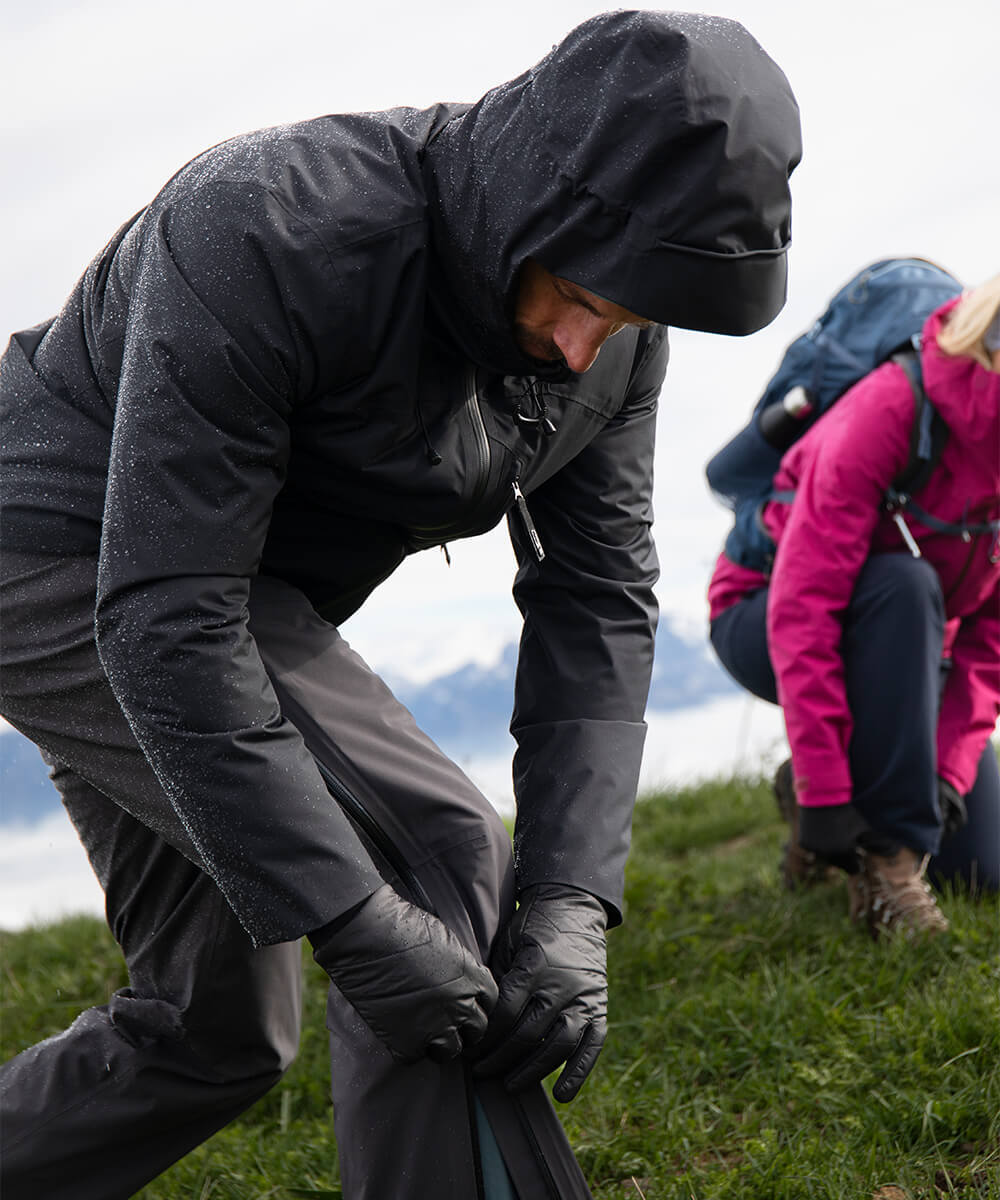
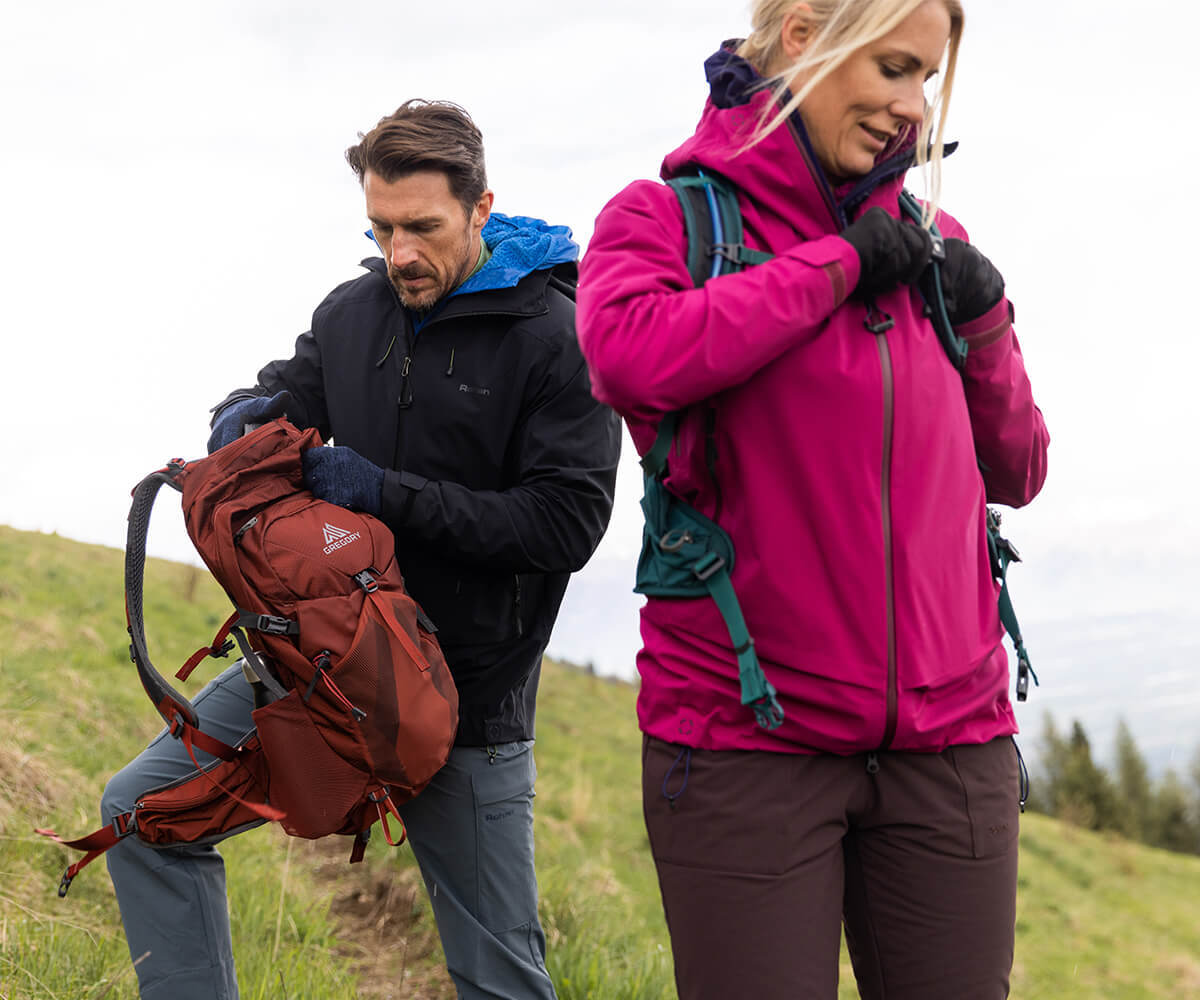
What accessories should I bring on a hike?
Preparation is key when out on the trail. You never know what situations you might encounter and as the old saying goes, if you fail to prepare then prepare to fail. Here’s a list of accessories that will help you to handle everything that nature might throw your way.
These are the essentials for every hiking trip:
Navigation – Whether it’s a simple OS map or a high-tech GPS device, you should always try to bring some form of navigation with you on your hikes. And if you’re unsure about navigation, it’s a great idea to book onto a navigation skills course.
Extra layers – The weather can change fast and getting caught out in the rain or cold is not only unpleasant, but it could also be dangerous if you’re hiking in exposed or rural areas. Modern waterproof and insulated layers are very packable and are always worth throwing in your pack.
Extra food and water – From trail snacks to easy cook food packs, hiking requires a lot of energy so make sure you’ve brought more food and water than you think you’ll need. Foods that are high in energy like dried fruit, snack bars, and nuts are the perfect lightweight snacks.
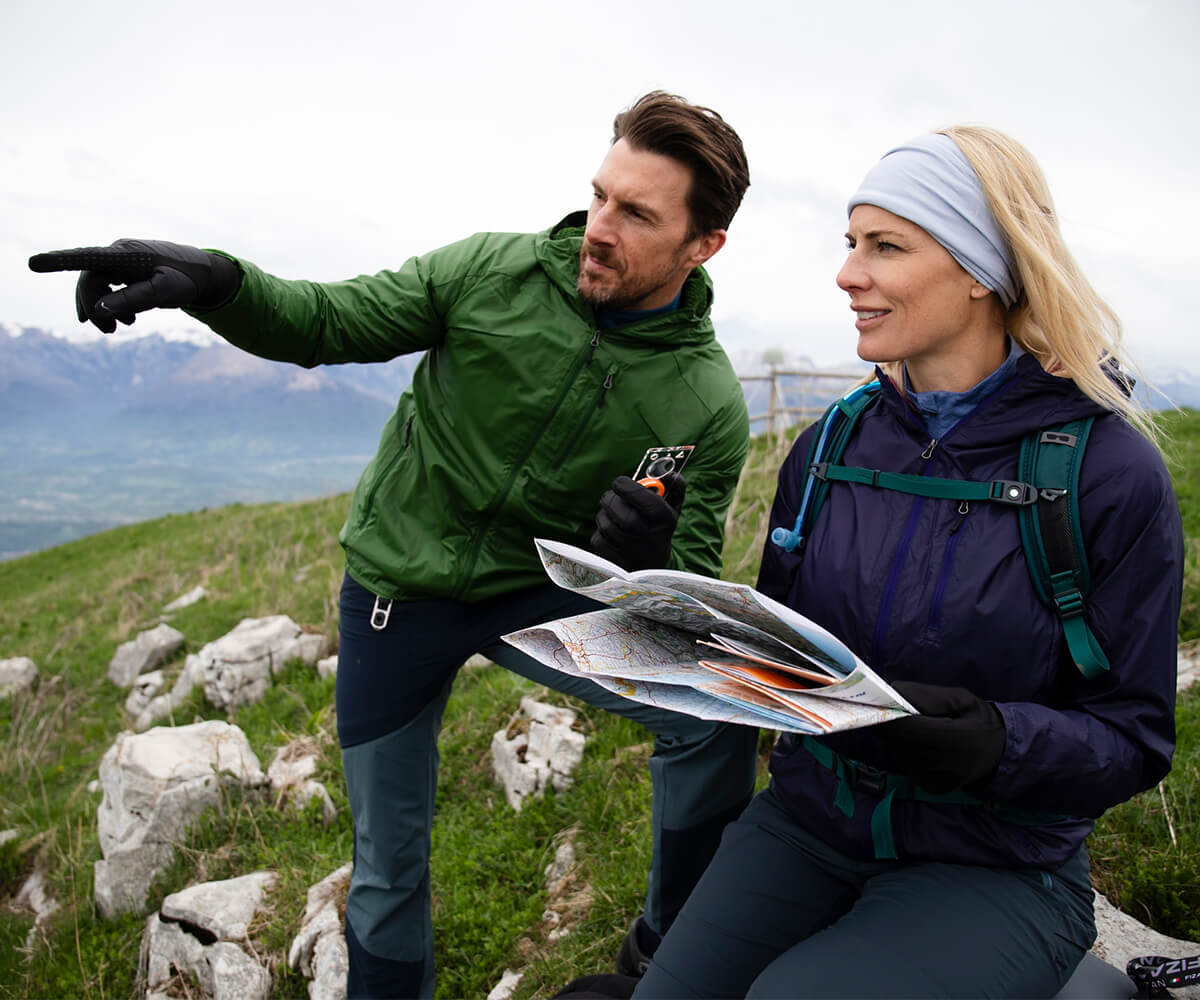
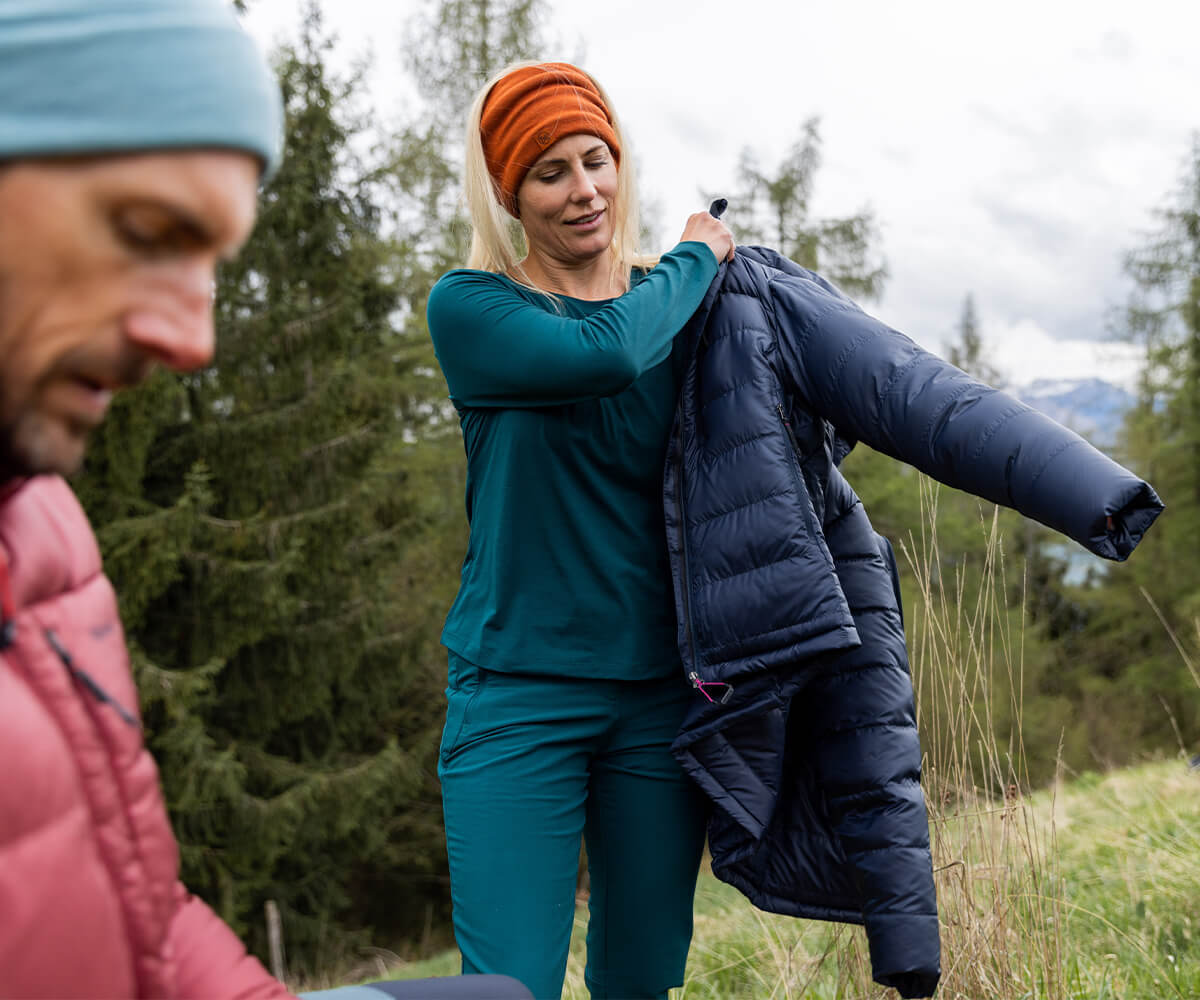
When taking on longer or more challenging hikes, you should also bring:
Fire and shelter – This can be anything from a lightweight emergency bivouac to a small pop-up tent. Being able to create shelter and fire if you really need it is crucial, especially if you’re far away from help. Waterproof matches and tinder are a great choice. Or if you have one with you, a gas stove is an excellent source of heat.
First aid – A basic first aid kit is a hiking necessity. From cuts and scrapes to more serious injuries, a first aid kit could be the difference between dilemma and disaster. It’s also important to always bring some form of sun protection and insect repellent, whether that’s integrated into your clothes or in a cream or spray.
Headtorch and repair kit – If you get caught out and find yourself still on the trail after sunset then you’ll need a headtorch for handsfree illumination. Always carry extra batteries just in case. And if any of your gear gets torn or breaks, a repair kit is never a bad thing to have on hand.
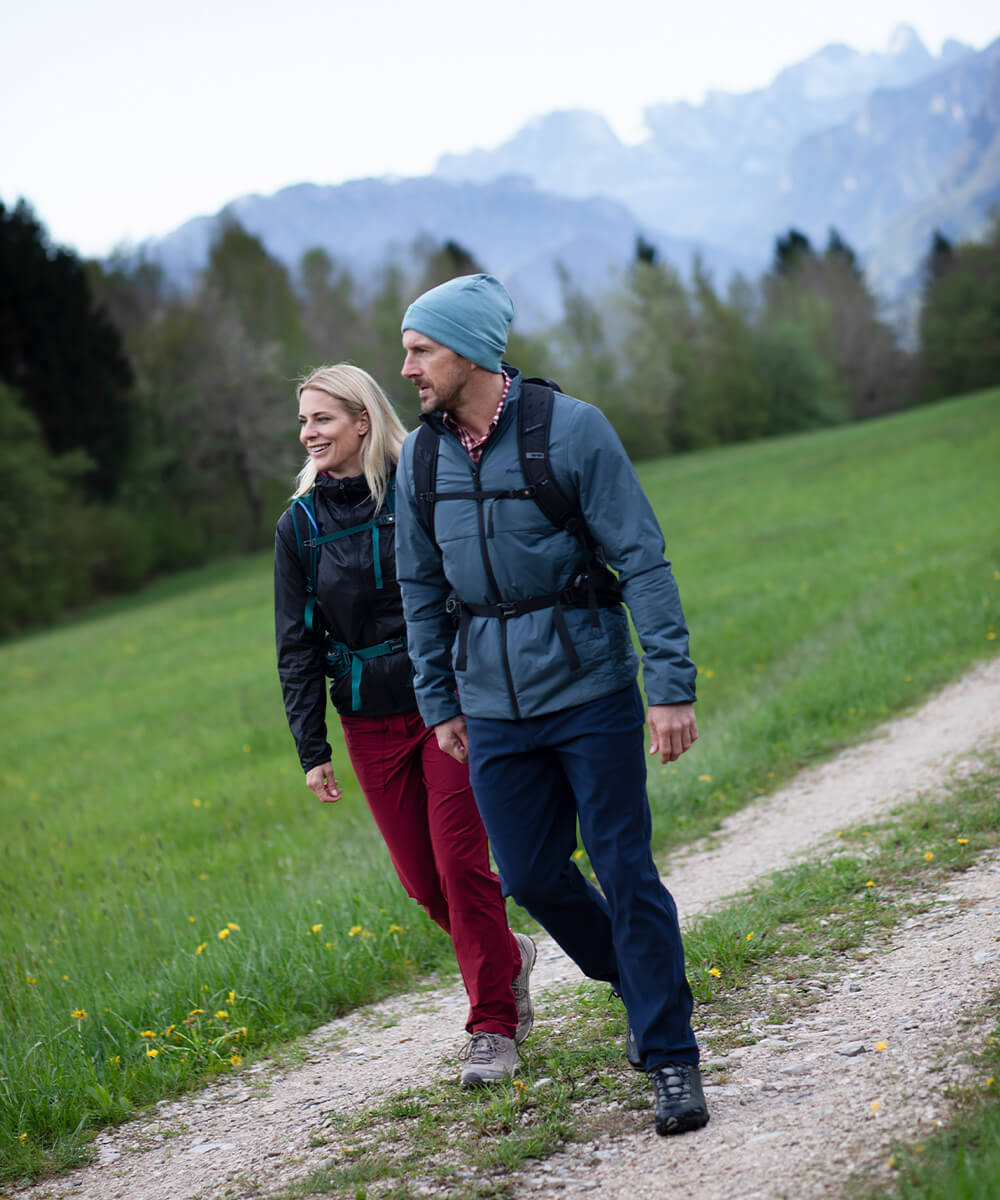
Getting the most out of your hikes.
How do you train for hiking?
The most technical footwear on the market can only take you as far as your legs can walk. So, if you’d like to level up your hiking experience, it’s a good idea to invest some time into working on your fitness.
The best exercise to get better at hiking is most probably, hiking. Nothing can truly replicate the demands of the trail like getting out there and experiencing it. Hiking is fantastic aerobic exercise and if you’re choosing the appropriate trails for your fitness level, you’ll feel fitter and more capable in no time.
However, if you’re looking to get fitter for tougher trails and want to feel as prepared as possible, then you can spend some time walking on a treadmill set at an incline to replicate the terrain you might face in the wild. You could even do this with a weighted backpack to simulate carrying your gear while hiking. Improving your overall fitness will increase your confidence and allow you to undertake greater challenges in the outdoors.
How do you stay safe while hiking?
Whether you’re hiking with a group or going it alone, being out in nature always carries a certain amount of risk. By following these steps, you can alleviate a lot of the dangers of the trail and enjoy your hike with confidence.
Tell someone about your hike – Before you set off, it’s advisable to let someone know where you’re planning on going and roughly how long you expect it to take. If you have an itinerary of your hike, then leaving a copy of this with someone is a good idea. This is especially important if you’re going hiking solo.
Stay on the trail – We humans are inherently curious. It can be rather tempting to diverge from the designated trail and explore the surrounding nature, but you must be incredibly careful when doing this. Over 40% of hiker disappearances are caused by leaving the trail, so avoid temptation and stay on course.
Keep an eye on the weather – Before and during your hike, you should be keeping a close eye on the weather conditions. A sudden storm can dramatically change the difficulty and risk level of your hike, so make sure you’re ready for whatever the weather might throw at you.
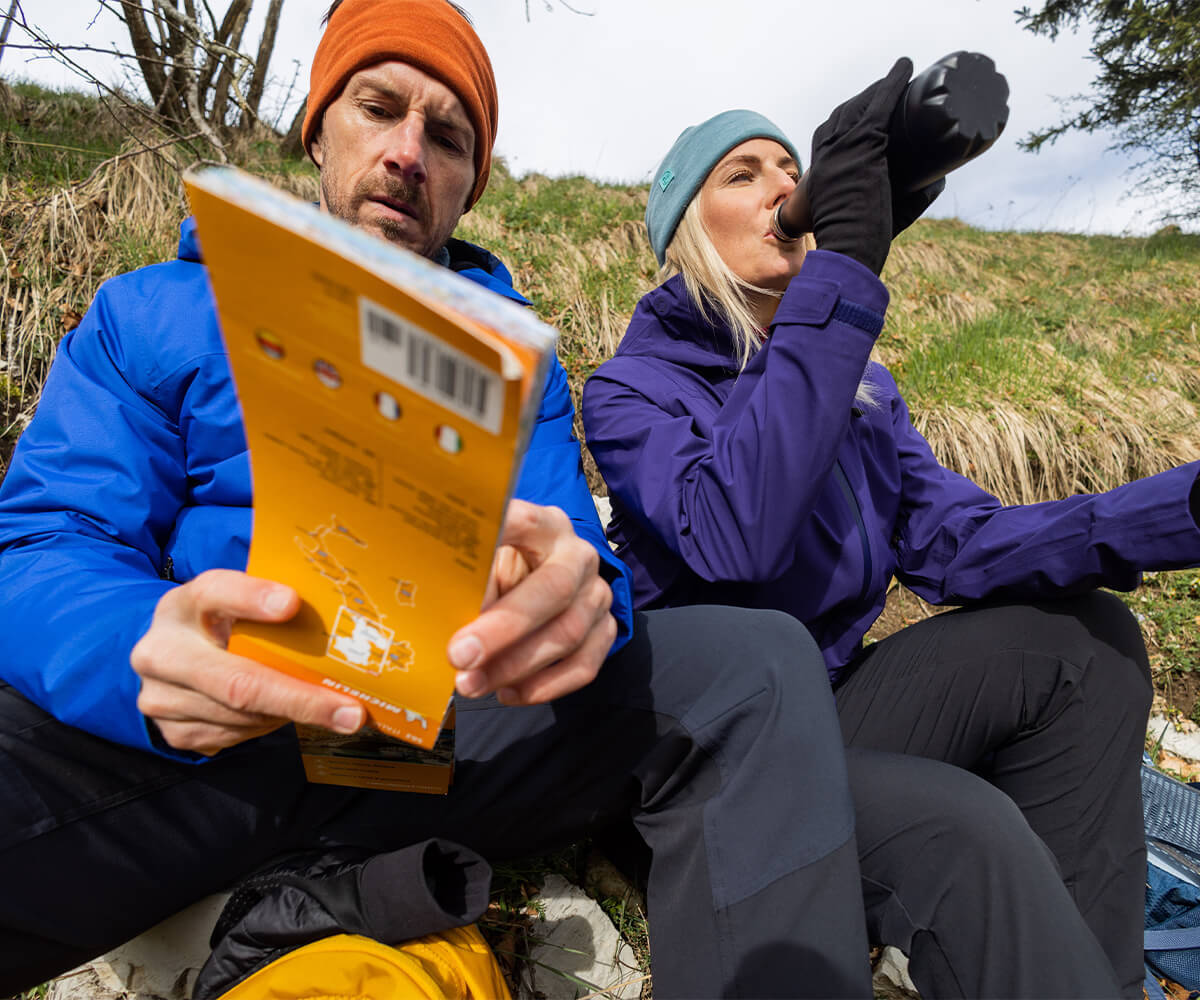
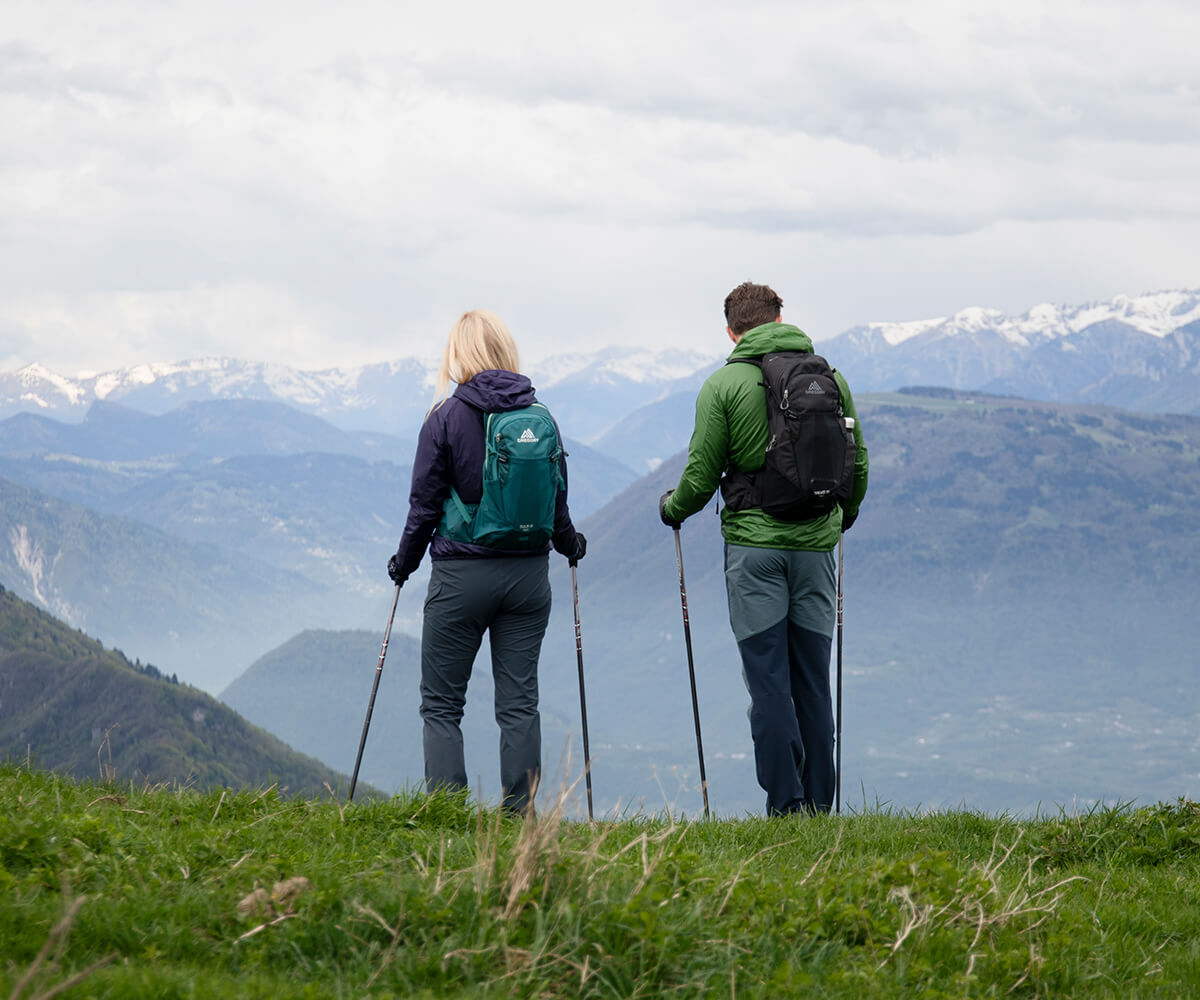
Whether you’re just curious about levelling up your hiking experience or you’re actively preparing to take on a more challenging trail, we hope that this guide has helped give you an idea of what it takes to hike the more adventurous trails.
You make also like